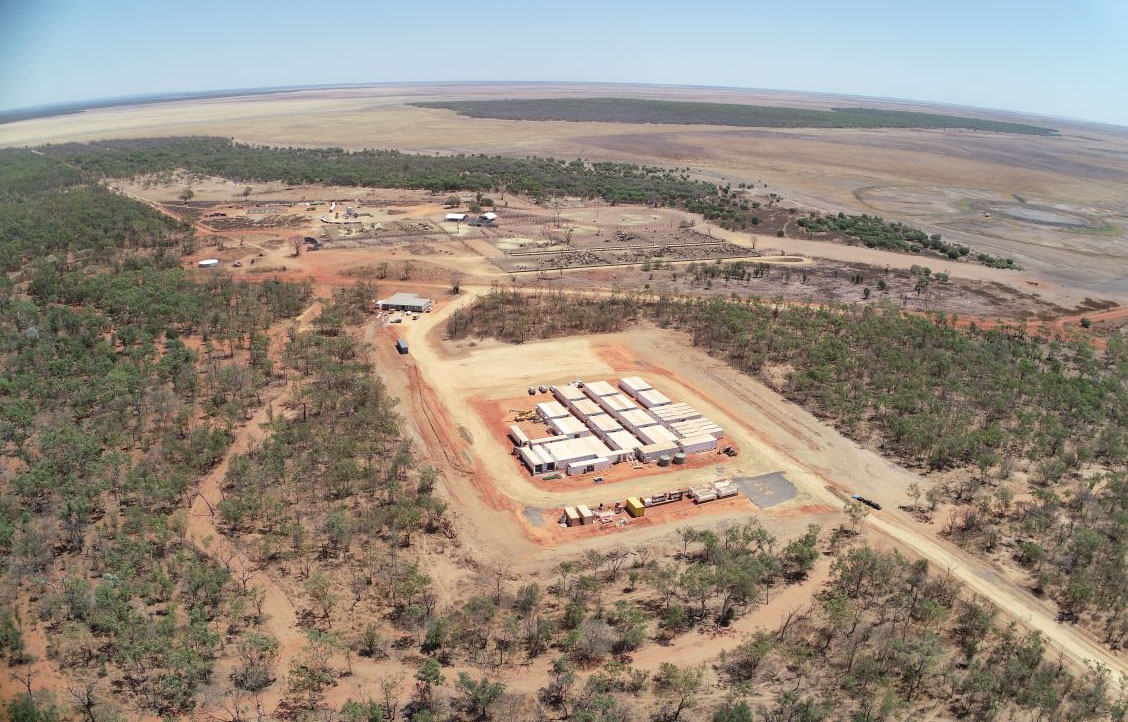Plans for a massive land-based prawn aquaculture operation in Western Australia dubbed “Project Sea Dragon” are once again in jeopardy as a federal court has ordered the liquidation of the company and found its administration should be “brought to an end” – with the order staying liquidation for 28 days from 22 February to appeal the ruling before proceeding.
Project Sea Dragon was originally intended to be an enormous, AUD 1.45 billion (USD 952 million, EUR 879 million) prawn aquaculture project spanning 10,000 hectares of ponds. The parent company behind the project, Seafarms Group Limited (SFG), selected a contractor in 2021 and reportedly broke ground on the project in December of that year.
Since breaking ground, the company has faced continuous problems. A review of the project published in April 2022 by SFG's leadership at the time – CEO Mick McMahon and CFO Ian Brannan – found the project couldn’t viably proceed as it would not “generate acceptable financial returns.”
“The existing scope cannot be completed for targeted costs or achieve target completion dates, and the project currently involves unacceptable risk,” the review said; construction on the project was paused soon after.
The board of directors at SFG apparently disagreed with that assessment, however, and McMahon resigned from his position on 6 May 2022, after serving just a few months in the role.
News about the project was relatively sparse until February 2023, when the company faced a trading halt soon after a ruling by an adjudicator with the Royal Institution of Chartered Surveyors forced Project Sea Dragon and SFG to pay AUD 13.9 million (USD 9.1 million, EUR 8.4 million) to Canstruct – the company selected to build the first phase of the project. At the time, the company said that sum was higher than expected, and that it had only provisioned AUD 8.7 million (then USD 6 million, EUR 5.6 million) for the settlement.
Despite the challenges, SFG reaffirmed its commitment to the project in July 2023.
“The board is now pleased to advise that we are reengaging with both previous and new funders, as well as debt providers for the future funding requirements for Project Sea Dragon,” SFG CEO Rod Dyer said at the time.
Despite that optimism, the project seems to have once again hit a dead end, as Canstruct has won a court judgement that found Project Sea Dragon and SFG have tried to avoid their liability for the AUD 13.9 million the construction company is owed.
“Project Sea Dragon and Seafarms Group Limited disputed that such an amount was properly owing, but the effect of the legislation is such that the amount was nevertheless required to be paid,” Australian Court Justice Michael Derrington wrote in his ruling.
The ruling reveals that despite Dyer’s assurances in postings to the Australian Stock Exchange that the company was reengaging with previous and new funders, no formal loan agreement between SFG or any other company in the corporate group assumed an obligation to provide funding for Project Sea Dragon.
“In fact, there has been no agreement or arrangement at all between Project Sea Dragon on the one hand and Seafarms Group Limited and the other companies in the Seafarms Group on the other, by which the latter has offered to, has been obliged to, or has committed to provide funding to the former on any occasion,” Derrington wrote.
Project Sea Dragon was, therefore, “effectively funded” by third-party investments in SFG, and Derrington said that funding for the project was entirely at the discretion of SFG, with fund transfers from one to the other only made when the need arose. That positioning is in part what the two companies abused to attempt to avoid the majority of Project Sea Dragon's liability to Canstruct, Derrington said.
According to Derrington’s ruling, the two companies took multiple steps to avoid the liability. First …








